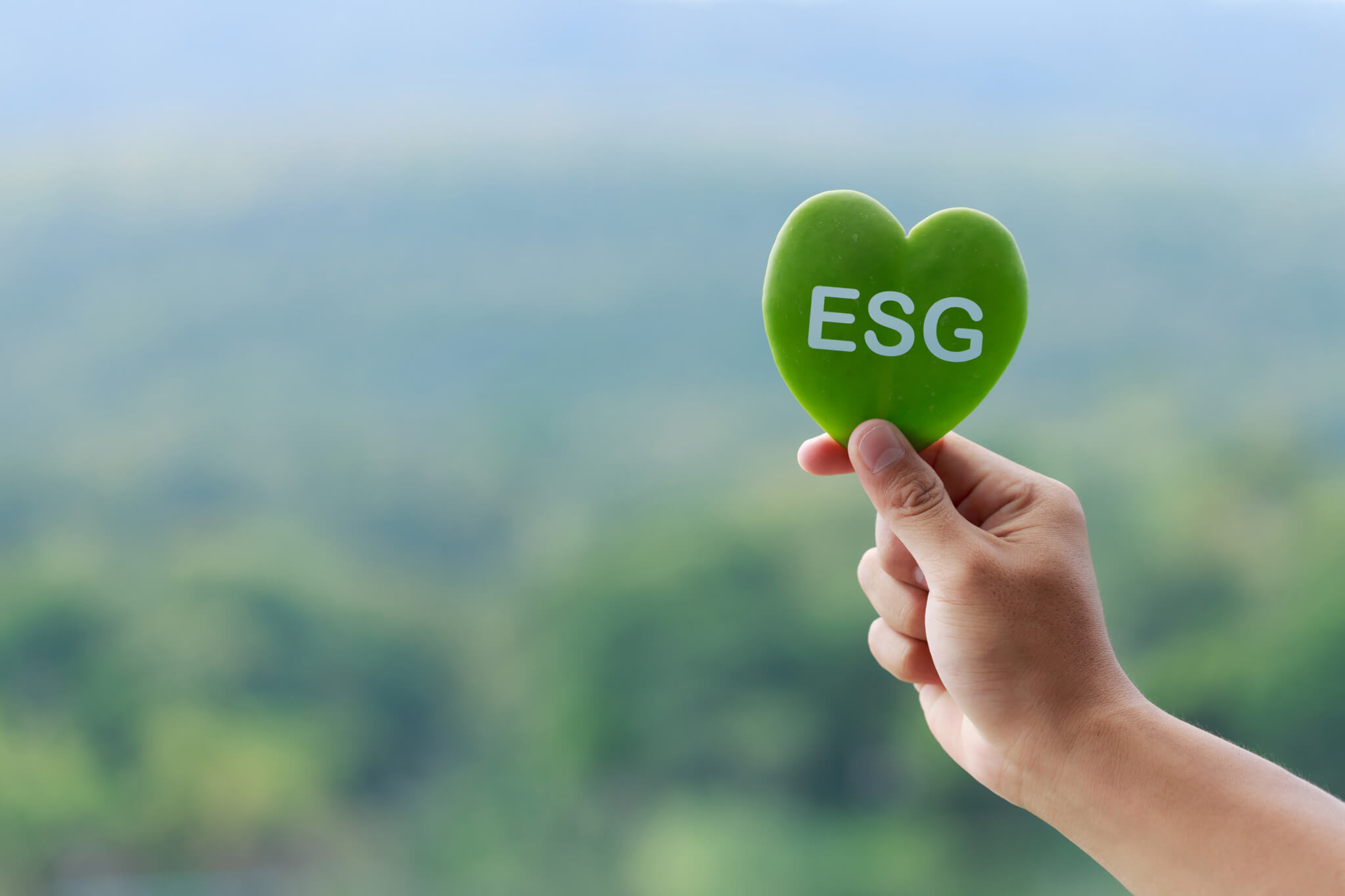June 21, 2023
If you read the article, Environmental, Social and Governance – the Basics, you may be wondering: what does ESG have to do with general contractors? In this article, we explore both that question and outline a few key steps you can take.
How does ESG relate to General Contractors?
Many contractors are receiving an increasing number of requests for ESG-related information from their clients. This is because as both public and private entities make climate commitments, develop and share ESG reports, or are subject to regulations that require disclosure of ESG-related information, they need the support of, and data from, their supply chain – this includes their general contractors.
These requests could come in a variety of formats, including presentations by an owner’s sustainability team, inquiry letters, excel files requesting specific data points, new specification language, and others. Sometimes these requests are labeled as “ESG” requests, sometimes they are just general inquiries, but the topics usually relate to information that gets to environmental, social and governance metrics. These requests relate to a variety of topics, ranging from data regarding GHG emissions, board or leadership diversity, jobsite waste reduction, reuse strategies, employee wellness benefits, and many more.
The language is still nascent and, frustratingly, these requests are not standardized, which means contractors often have to track down different data points, and for many, start new processes that align with ESG-related requests.
What should you do?
First, don’t panic. ESG can feel overwhelming, particularly for organizations that do not have the benefit of an in-house sustainability team. Keep in mind that the important thing with respect to sustainability and ESG is to start somewhere. Even small steps can have big impacts over time.
Second, try to gain buy-in from leadership by explaining how ESG is a key business driver. For many contractors, this is because both public and private clients are looking to work with entities that align with, and can support, their ESG goals. Developing an ESG strategy is one way to better serving existing clients and expand into new markets. A robust ESG strategy can also help manage a variety of evolving risks.
Third, focus on what is important to your company and key stakeholders. This is often referred to as a “materiality assessment.” No company can “do it all” when it comes to sustainability and ESG. To help avoid “sustainability overwhelm” and increase engagement from employees and leadership, start with aspects that are important to key stakeholders.
And if you’re feeling overwhelmed or don’t know where to start, try looking to other industry leaders. Every company is on its own journey, but looking to a variety of leaders – both competitors and comparables – can be a good strategy. Review several ESG or sustainability reports to get a sense of what is possible, what tools are being used, and ideas for innovative strategies. Many companies publish their reports online.
Finally, investigate existing tools that can provide guidance. Many things in the ESG space are still evolving; and currently there is not a contractor-specific framework. However, contractors can leverage other tools, like the Contractor’s Commitment, to help guide their work.
Sustainability and ESG can get very technical, very quickly, but getting started doesn’t have to be overwhelming or intimidating. Remember: start small, start somewhere. Many companies begin with an Excel spreadsheet, tracking a few key data points, with the goal of improving and expanding their work, year over year.
Nicole DeNamur is an attorney and sustainability consultant, based in Seattle, WA. Her company, Sustainable Strategies, helps clients identify and manage the risks of sustainable innovation so they can pursue robust sustainability goals. She is also an award-winning contributing author and has developed and taught graduate-level courses at the University of Washington and Boston Architectural College.
Working on a sustainable project? AIA Document E204-2017 Sustainable Projects Exhibit, has been developed for use on a wide variety of sustainable projects, including those in which the Sustainable Objective includes obtaining a Sustainability Certification, such as LEED® (Leadership in Energy and Environmental Design), or those in which the Sustainable Objective is based on incorporation of performance-based sustainable design or construction elements. E204–2017 addresses the risks, responsibilities and opportunities unique to projects involving substantial elements of sustainable design and construction (sustainable projects).
AIA Contract Documents has provided this article for general informational purposes only. The information provided is not legal opinion or legal advice and does not create an attorney-client relationship of any kind. This article is also not intended to provide guidance as to how project parties should interpret their specific contracts or resolve contract disputes, as those decisions will need to be made in consultation with legal counsel, insurance counsel, and other professionals, and based upon a multitude of factors.

